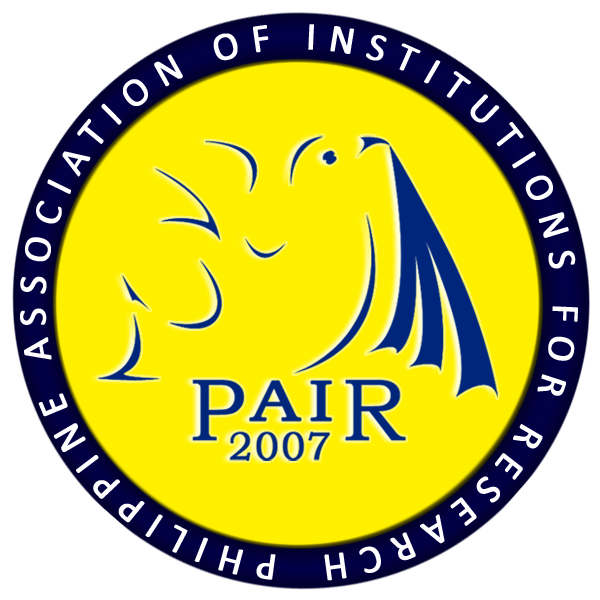Major Soil Series of Capiz, Philippines and their Suitable Crops
DOI:
https://doi.org/10.7719/pjae.v2i1.548Keywords:
Crop suitability, soil series, Geographical Information System (GIS), PhilippinesAbstract
Evaluation and assessment of soil variabilities to determine crop suitability, constraints and best management practices to enhance crop productivity of the major soil series in Capiz were conducted from March to July 2016. A random collection of composite soil samples were taken from three depths (0-20, 20-40, and 40-60 cm) on the shoulder, back slope, and foot slope. Composite soil samples were air dried, pulverized, and were passed through a 2 mm mesh sieve and were analyzed in the laboratory. Results of laboratory analysis were used in matching land qualities and crop requirements following the 1975 FAO framework. Crop suitability ratings obtained from the results of matching were used to map crop suitability using geographical information system (GIS) and in determining limitations of these major soils to crop production. Results show that Alimodian, Bantog, Faraon, Luisiana, San Manuel, and Sapian soil series were currently not suitable (N1) for corn due to soil acidity problem (pH<5). However, Alimodian, Bantog, Faraon and Sapian series were marginally suitable (S3) to banana, sugarcane, sweet potato and upland rice. Luisiana and San Manuel series were only marginally suitable to cassava but currently not suitable to other crops and permanently not suitable (N2) to irrigated and lowland rice. Other soil constraints identified to limit production of crops include drainage, coarse fragments, soil depth, topography, and rainfall. Regular conduct of soil survey and analysis is recommended to monitor fertility status and degree of variabilities in the field for proper land use. Farmers should also be oriented with new technologies to improve soil productivity and crop yield.
References
Bureau of Soils. 1962. Soil Survey Report of Capiz Province, Philippines. Manila Bureau of Printing.
Downloads
Published
Issue
Section
License
Copyright (c) 2018 Philippine Journal of Agricultural Economics

This work is licensed under a Creative Commons Attribution-ShareAlike 4.0 International License.







